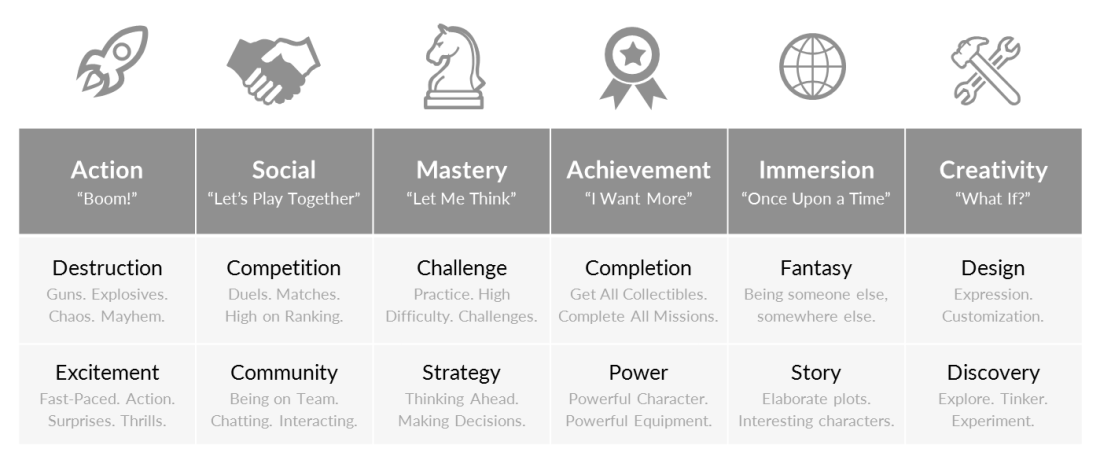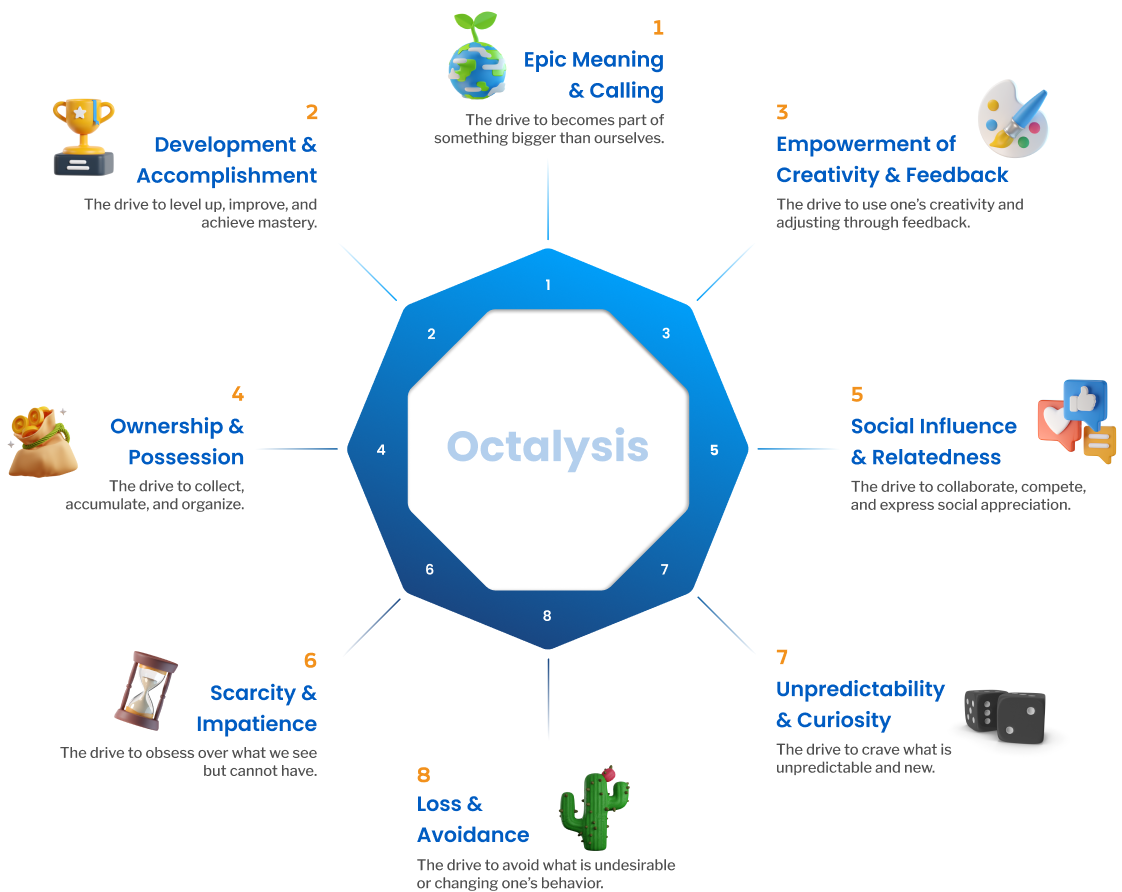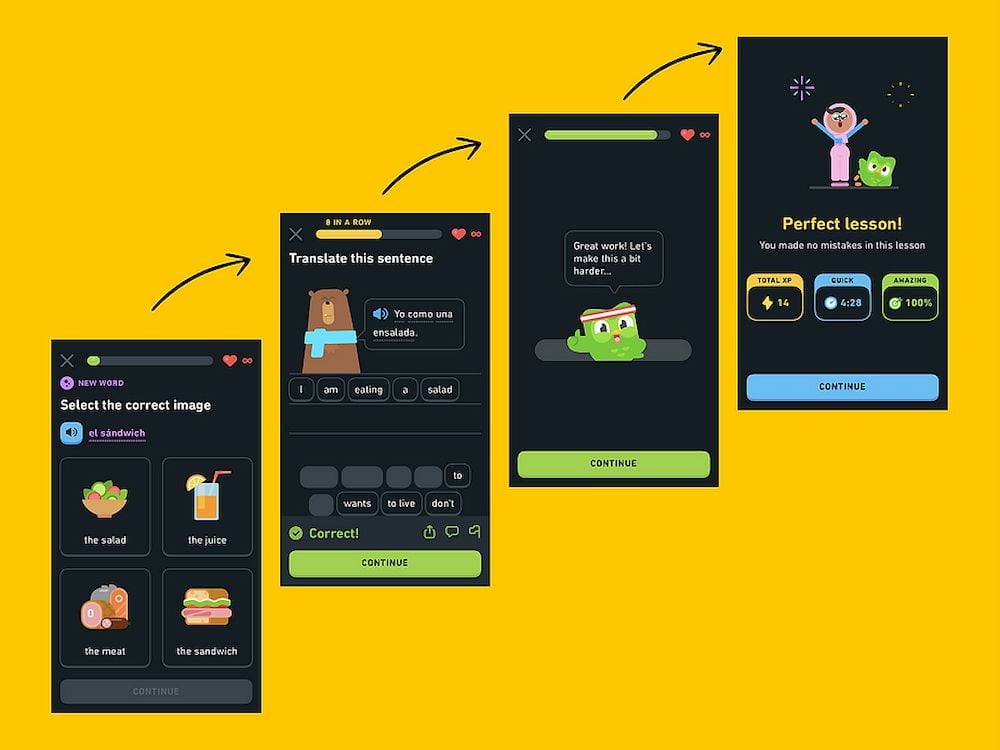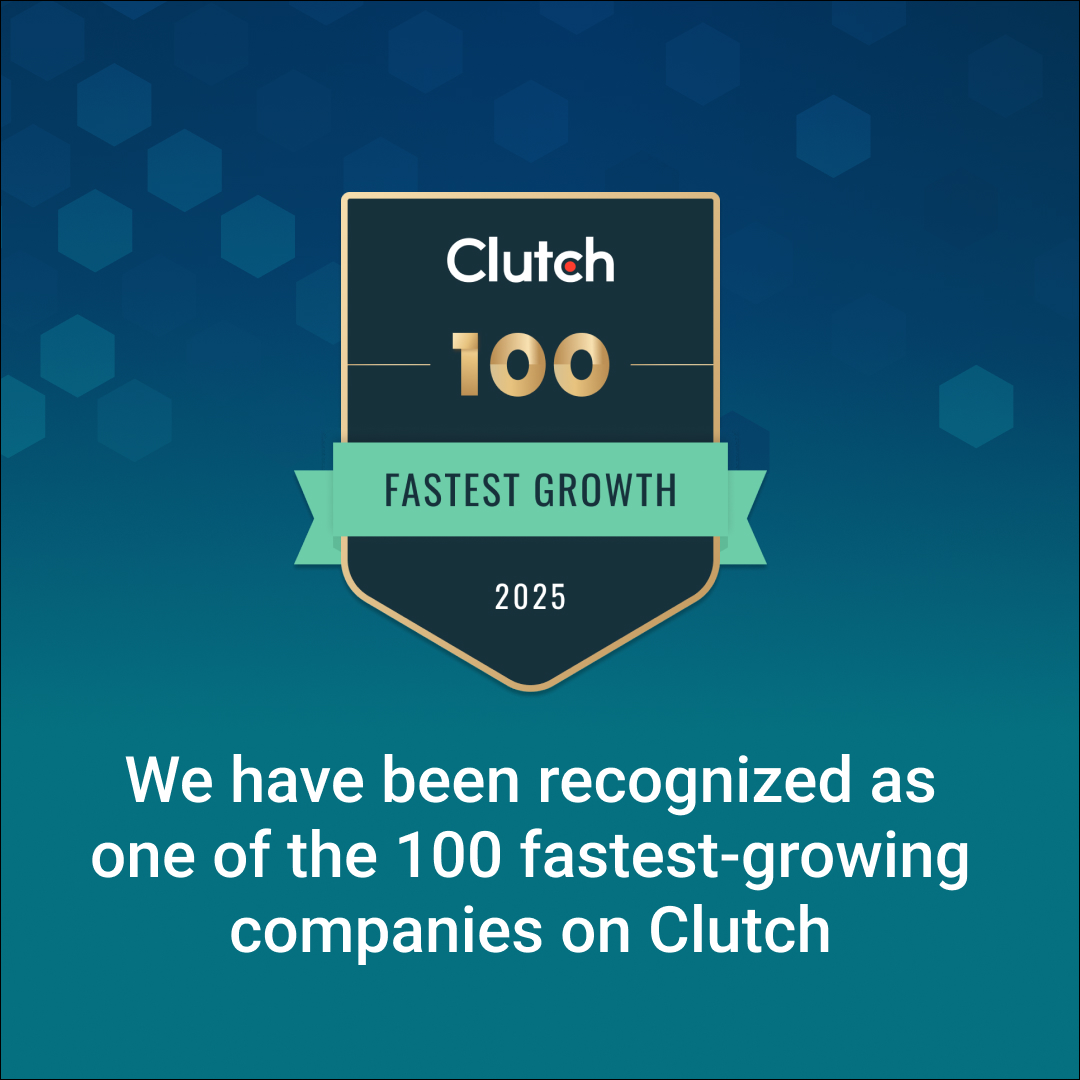In today’s digital world, the quest for user engagement has become a central focus for businesses aiming to stand out in a saturated market. With attention spans dwindling and competition rising, companies are constantly seeking innovative strategies to capture and retain their audiences. One of the most effective strategies emerging in recent years is gamification—an approach that incorporates game-like elements into non-gaming activities to make them more engaging, enjoyable, and ultimately more effective. In this blog post, we will explore the concept of gamification, examine why it works, and showcase how SmartDev utilizes gamification to enhance user experience and drive business success.
Understanding Gamification
Gamification is not merely about adding points or badges to an activity; it’s a sophisticated approach to tapping into the psychological motivations that drive human behavior. The Cambridge Dictionary defines gamification as “the practice of making activities more like games in order to make them more interesting or enjoyable.” However, to truly understand its power, we must delve deeper into the underlying principles that make games so compelling and addictive.
At the heart of gamification lies the concept of motivation, which can be broadly categorized into two types: intrinsic and extrinsic motivation. Intrinsic motivation refers to engaging in a behavior because it is inherently rewarding; the activity itself provides satisfaction and enjoyment. For instance, a person might play a game because they find it fun and fulfilling. On the other hand, extrinsic motivation involves performing an activity to earn a reward or avoid a punishment. This could be completing a task at work to receive a paycheck or avoid criticism.
Gamification works by infusing activities that typically rely on extrinsic motivation with elements that enhance intrinsic motivation, making the activity more enjoyable and engaging. This transformation is not only about adding fun but also about making the task more meaningful and rewarding in itself. By understanding and applying this principle, businesses can create experiences that resonate more deeply with their users, leading to higher engagement and satisfaction.
Why Gamification Works: Psychological Frameworks
The effectiveness of gamification can be further understood by examining several psychological frameworks that analyze what drives people to engage in activities.
Bartle’s Taxonomy of Player Types

Four player types according to Bartle
One of the earliest frameworks in understanding player motivation is Bartle’s Taxonomy, which categorizes players into four types: Achievers, Explorers, Socializers, and Killers. Achievers are motivated by gaining points, levels, and other measurable success markers. Explorers thrive on discovering new things and mastering the game environment. Socializers enjoy interacting with other players and forming connections. Killers find satisfaction in competing with and dominating others. By recognizing these different motivations, businesses can tailor their gamification strategies to appeal to a broad range of users.
Quantic Foundry’s Motivation Clusters

Six core motivation clusters in the Quantic Foundry framework
Expanding on Bartle’s work, Quantic Foundry introduced a more nuanced approach by identifying six core motivation clusters: Action, Social, Mastery, Achievement, Immersion, and Creativity. Each cluster represents a set of motivations that drive user behavior. For instance, the Action cluster appeals to users who enjoy fast-paced, adrenaline-fueled experiences, while the Mastery cluster targets those who are driven by learning and skill development. This framework allows for a more granular understanding of user motivations, enabling the design of more personalized and effective gamification strategies.
Octalysis Gamification Framework

Eight core drives in the Octalysis Gamification Framework
Another influential model is the Octalysis Gamification Framework, developed by Yu-kai Chou. This framework identifies eight core drives that motivate people: Epic Meaning & Calling, Development & Accomplishment, Empowerment of Creativity & Feedback, Ownership & Possession, Social Influence & Relatedness, Scarcity & Impatience, Unpredictability & Curiosity, and Loss & Avoidance. The Octalysis Framework emphasizes that a successful gamified experience should address multiple drives to fully engage users. By leveraging these core drives, businesses can design experiences that not only attract users but also sustain their engagement over time.
Case Studies: Gamification in Action
To understand the real-world impact of gamification, let’s explore how two popular applications have successfully implemented gamification to enhance user experience and achieve their goals.
Duolingo: The Gamification of Learning

Duolingo has become the poster child for gamification in education, transforming language learning into a fun and addictive experience. The app’s success lies in its ability to make learning feel like playing a game. Users earn XP (experience points) and unlock achievements as they complete lessons, which are designed to be short, interactive, and increasingly challenging. Duolingo also incorporates social elements, such as leaderboards and friend quests, which encourage both competition and cooperation among users.
One of the key features of Duolingo’s gamification strategy is the use of progress bars and daily goals, which visually represent a user’s progress and motivate them to keep going. This not only increases user retention but also makes learning a more satisfying and rewarding experience. By turning language learning into a game, Duolingo has managed to keep millions of users engaged and coming back day after day.
Tinder: The Gamification of Dating

Another powerful example of gamification can be found in Tinder, a dating app that has revolutionized the way people meet and connect. Tinder’s swipe mechanic, where users swipe right to like someone or left to pass, is a perfect example of gamification in action. This simple interaction is deeply rooted in behavioral psychology, akin to pulling the lever of a slot machine. Each swipe carries the anticipation of a reward—a potential match—which triggers the release of dopamine in the brain, making the activity highly engaging and addictive.
Tinder’s gamification doesn’t stop at swiping. The app strategically uses AI and machine learning to stack profiles in a way that maximizes user engagement. By showing high-value profiles at certain moments and controlling the availability of likes, Tinder increases the likelihood of users staying on the app longer and spending money on premium features. The result is a highly engaging experience that has transformed dating into a gamified journey.
Gamification at SmartDev: Driving Business Success
At SmartDev, we understand the immense potential of gamification to transform user engagement and drive business outcomes. Our expertise in gamification is not just theoretical; we have successfully applied these principles across various projects to deliver tangible results for our clients.
Our approach to gamification is rooted in a deep understanding of user behavior and psychology. By analyzing the specific needs and motivations of our clients’ target audiences, we design gamified experiences that resonate with users and keep them engaged. Whether it’s incorporating progress tracking, rewarding achievements, or creating social competition, we tailor our gamification strategies to align with the unique goals of each project.
For example, one of our recent projects involved the development of a mobile app for a fitness brand. By incorporating gamified elements such as daily challenges, leaderboards, and personalized rewards, we were able to significantly increase user engagement and retention. Users not only found the app more enjoyable to use but also more motivating, leading to higher levels of activity and better overall results.
How Gamification Can Benefit Your Business
The benefits of gamification extend far beyond just making an app more fun to use. When done correctly, gamification can lead to substantial business benefits, including increased user retention, higher engagement levels, and ultimately, greater revenue.
Gamification makes tasks more enjoyable, which leads to happier, more satisfied users. Happy users are more likely to return, recommend the app to others, and engage more deeply with the product. This increased engagement translates into higher productivity and a greater likelihood of users achieving their goals, whether that’s learning a new language, getting fit, or finding a match.
Moreover, by keeping users engaged, gamification can also increase the time they spend on the app, providing more opportunities for monetization. This could be through in-app purchases, subscriptions, or advertisements. In essence, gamification not only enhances the user experience but also drives business success.
Closing Remarks
Gamification is more than just a trend; it’s a powerful tool that can transform how users interact with products and services. By understanding the psychological motivations behind user behavior and applying gamified elements thoughtfully, businesses can create experiences that are not only engaging but also effective in achieving their goals.
At SmartDev, we are passionate about leveraging gamification to help our clients succeed. Whether you’re looking to increase user engagement, improve retention, or drive revenue, our team of experts can help you design and implement a gamification strategy that works.
If you’re interested in learning more about how gamification can benefit your business, visit our website and explore our services. Stay tuned for our next blog post, where we will dive deeper into how we apply gamification to different use cases across various industries.
Transform your user experience and drive business success with SmartDev’s gamification solutions. Visit our website here to learn more and start your journey today!







